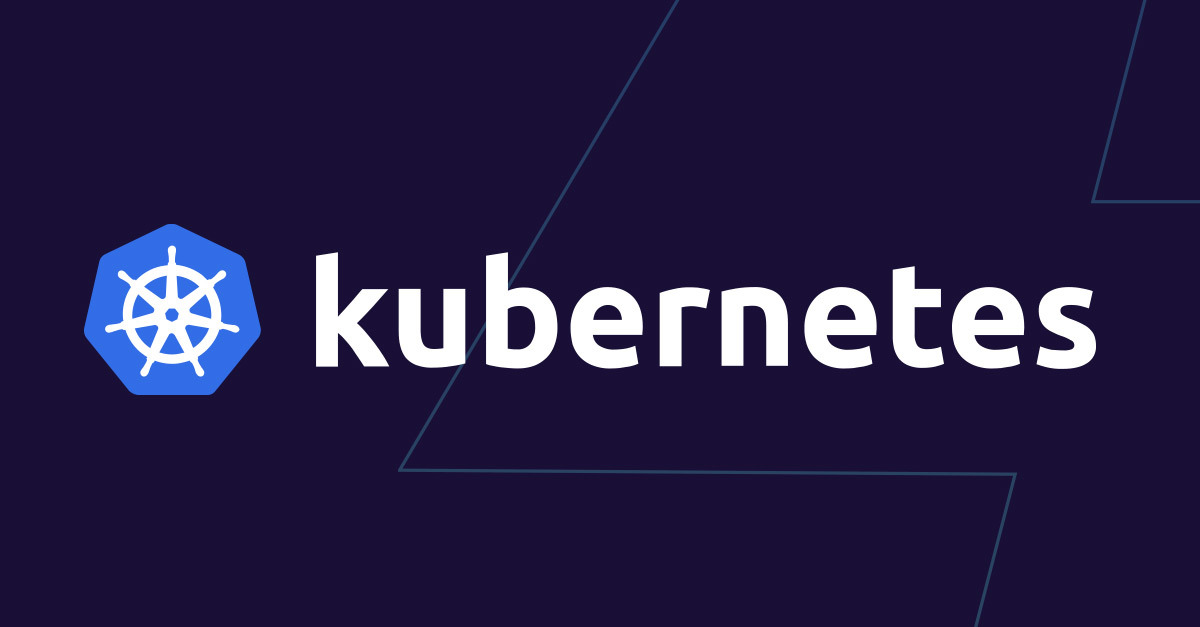Why Capacity Planning is Important in Kubernetes
Effective capacity planning helps prevent resource shortages that can lead to performance bottlenecks or application downtime. It also reduces the risk of unnecessary costs from over-provisioned resources, a common challenge in dynamic environments where workloads can fluctuate significantly.
Key Components of Kubernetes Capacity Planning
- Resource Requirements: Assess the CPU, memory, and storage needs of each workload. This requires analyzing current utilization and planning for peak demands.
- Scaling and Autoscaling: Implement Horizontal Pod Autoscaling (HPA) and Cluster Autoscaler to adjust resource allocation automatically based on load. Scaling strategies help ensure that resources are available when needed without manual intervention.
- Node Sizing and Optimization: Selecting appropriate node sizes and types is critical. Using larger instances may reduce node count and management complexity, while smaller nodes provide more granular control over resources. Choosing the right balance is essential for efficient capacity management.
- Forecasting and Growth Analysis: Use historical data and predictive models to anticipate future workload requirements. Tools like Prometheus, Grafana, and custom monitoring setups allow teams to visualize resource trends and project future needs.
- Cost Management: Capacity planning is closely tied to cost management in Kubernetes. By aligning resources with actual workload needs, teams can avoid paying for unused resources while maintaining performance. Tools like OpenCost and AWS Cost Explorer for EKS provide insights into resource utilization and costs, enabling more accurate budgeting.
Tools and Best Practices for Kubernetes Capacity Planning
- Monitoring Tools: Tools like Prometheus and Grafana offer real-time insights into resource usage, helping teams adjust capacity as needed.
- Resource Requests and Limits: Set appropriate requests and limits on CPU and memory to prevent workloads from over-consuming or underutilizing resources.
- Autoscaling Policies: Define clear autoscaling policies, considering both pod-level (HPA) and cluster-level (Cluster Autoscaler) scaling options.
- Regular Audits: Perform periodic audits of resource usage to adjust allocations based on evolving workload patterns.
Challenges in Kubernetes Capacity Planning
- Unpredictable Workloads: Many applications experience fluctuating demand, making it difficult to predict exact capacity requirements.
- Multi-Tenant Environments: In multi-tenant clusters, resource allocation can be complex due to competing demands from different teams or applications.
- Cost vs. Performance Trade-Offs: Balancing cost efficiency with high availability and performance often requires fine-tuning and trade-offs.
References and Further Reading
- Kubernetes Official Documentation on Resource Management – Resource Management for Pods and Containers
- Prometheus and Grafana – Prometheus Documentation and Grafana Documentation
- Cost Management Tools – OpenCost and AWS Cost Explorer
Kubernetes capacity planning is essential for efficient, cost-effective, and reliable cluster management. With thoughtful resource allocation and proactive monitoring, teams can ensure that their Kubernetes clusters meet demand without waste.



